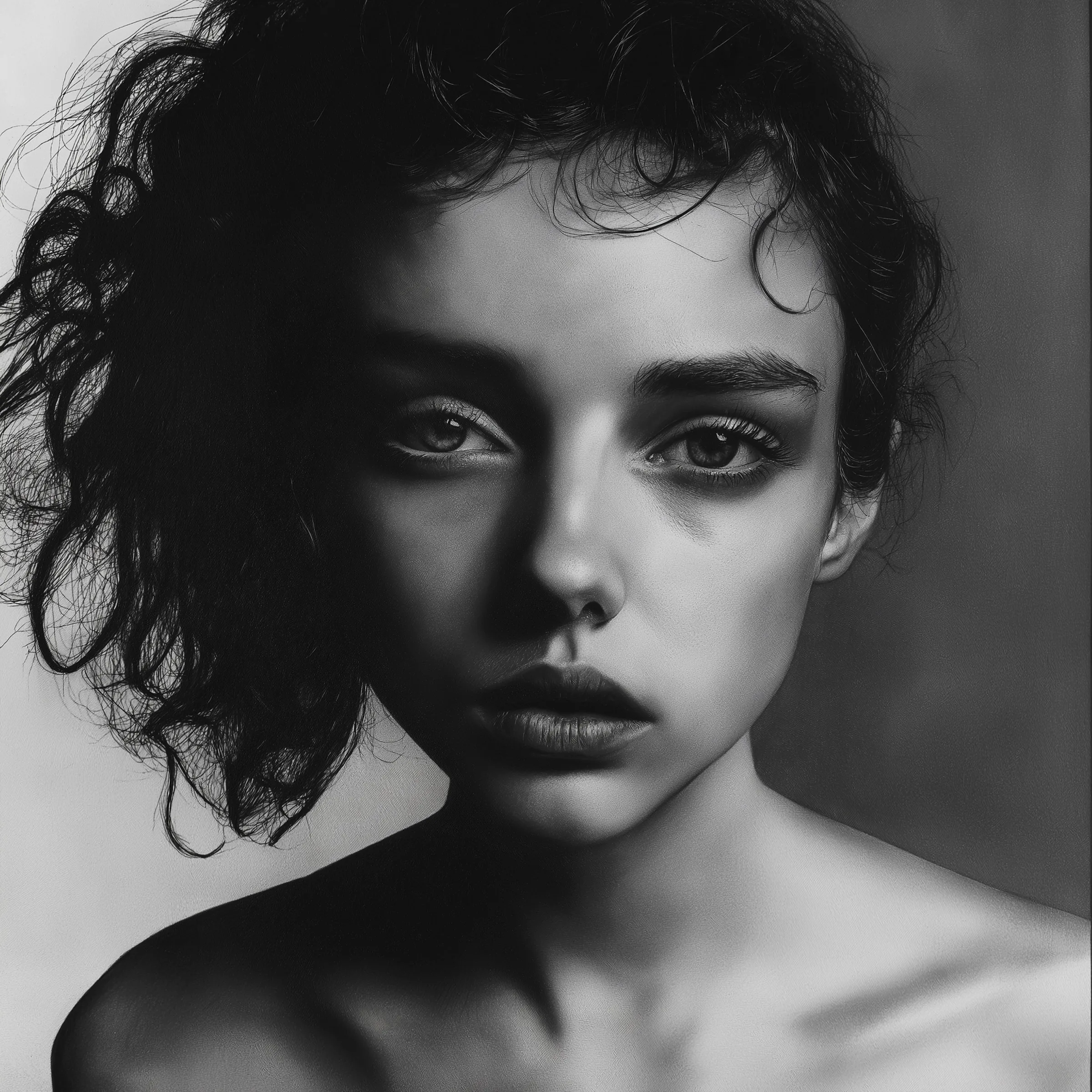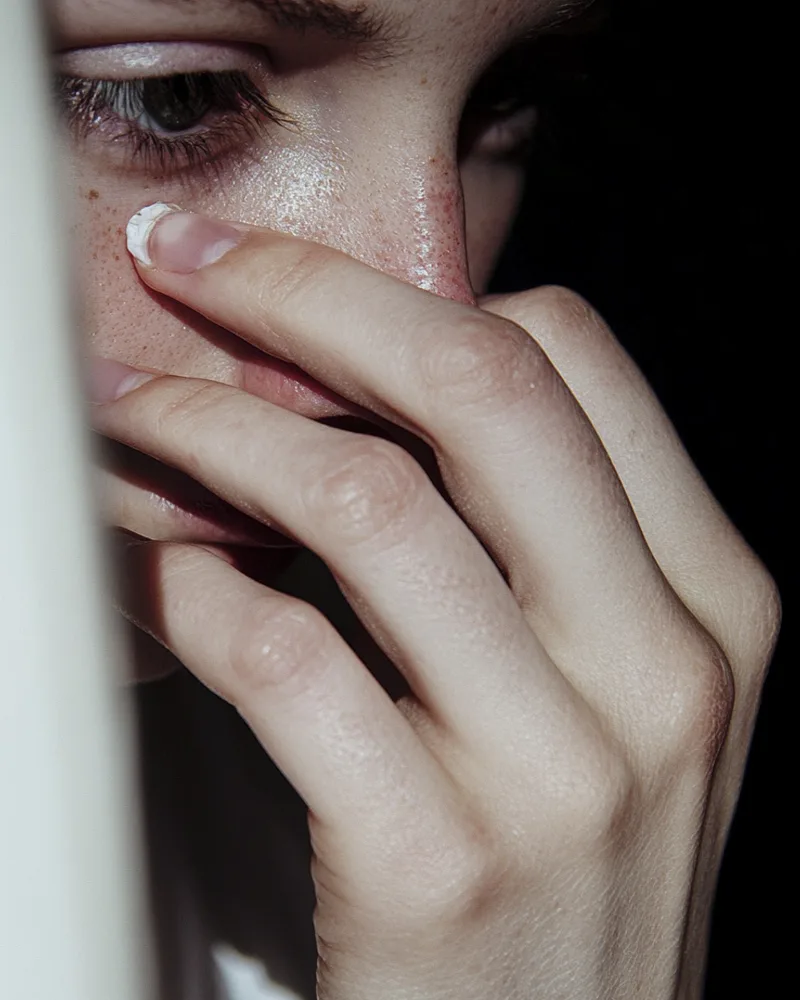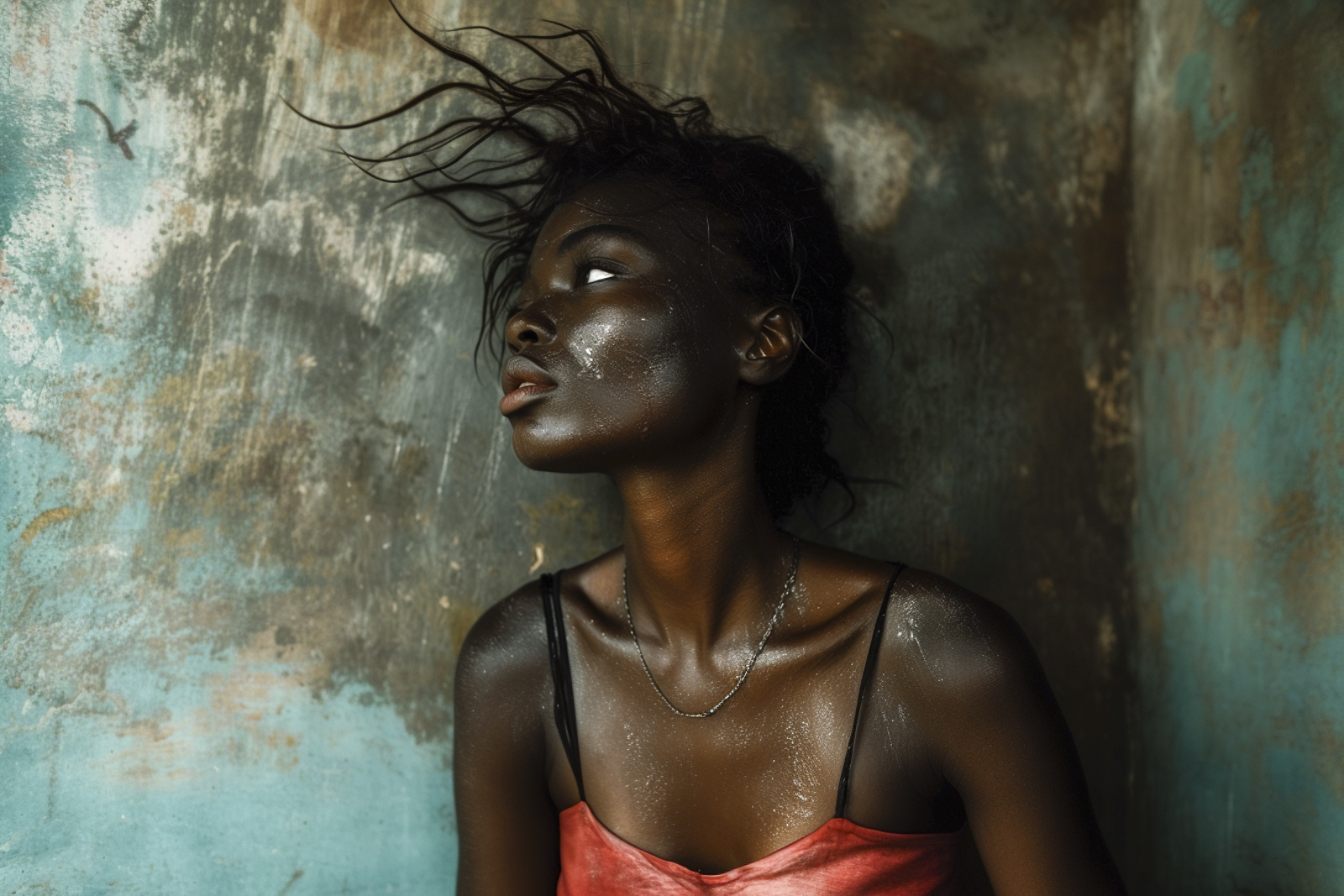Emulation of Realities
*ai-generated
In the wold of advertising, the use of artificial imaging technologies to emulate realities that verge on fantasy is becoming increasingly prevalent. This approach can be particularly effective for products and services that are either intangible or whose real-world benefits are abstract or aspirational. By creating highly polished, idealized representations, advertisers can craft compelling narratives that captivate audiences and evoke strong emotional responses.
1. **Idealized Lifestyles**: Advertisements often depict lifestyles that are aspirational but not entirely realistic. For example, a perfume commercial might show a glamorous, exotic scenario that has little to do with the actual product but conveys a sense of luxury and allure. Using VR and AR, these fantasies can be brought to life, allowing consumers to immerse themselves in the desired lifestyle and feel a closer connection to the product.
2. **Enhanced Product Demonstrations**: Artificial imaging can create enhanced or exaggerated demonstrations of a product’s capabilities. For instance, a car commercial might use CGI to show the vehicle performing in extreme conditions that would be impractical or unsafe to replicate in reality. This emulated scenario highlights the car’s durability and performance in a captivating, memorable way.
3. **Virtual Try-Ons and Experiences**: AR is increasingly used in retail to allow customers to try on clothes, accessories, or makeup virtually. This technology emulates the experience of using the product without needing the physical item. While the actual experience may differ slightly from the virtual one, the convenience and novelty can drive consumer engagement and sales.
4. **Fantasy Worlds in Gaming and Entertainment**: Advertisements for video games or movies often employ artificial imaging to create entirely fictional worlds. These ads are designed to immerse the audience in the fantasy and excitement of the game or film, using emulated realities to evoke emotional investment and anticipation.
5. **Health and Wellness Products**: Supplements, fitness programs, and beauty products frequently use idealized images of physical transformation that may be unrealistic. VR and AR can enhance these representations, creating interactive experiences where users can visualize their potential transformation in a highly polished, aspirational context.
6. **Travel and Real Estate**: In the travel industry, destinations are often depicted in an idealized manner, free from crowds, bad weather, or other inconveniences. Virtual tours using VR can enhance these fantasies by providing immersive previews of travel experiences that may gloss over less appealing aspects. Similarly, real estate advertisements use VR to offer virtual home tours that can make properties appear more appealing than they might in reality.
7. **Artificially Enhanced Reality**: With deepfake technology, advertisements can feature spokespersons or celebrities in hyper-realistic but entirely artificial contexts. This can create engaging narratives that are visually stunning and emotionally impactful, despite being rooted in fantasy.
8. **Consumer Electronics and Technology**: Products like smartphones, smartwatches, and other gadgets are often marketed with sleek, futuristic visuals that emphasize their cutting-edge nature. AR and CGI can create demonstrations of features that might not yet be fully realized in the actual product, enhancing the sense of innovation and desirability.
The use of artificial imaging in advertising is a double-edged sword. On one hand, it offers creative freedom and the ability to craft compelling, visually stunning narratives that captivate audiences. On the other hand, it raises ethical concerns about truthfulness and the potential for misleading consumers. As these technologies continue to evolve, the advertising industry will need to balance creativity with responsibility, ensuring that the emulated realities they project enhance, rather than undermine, consumer trust.



























